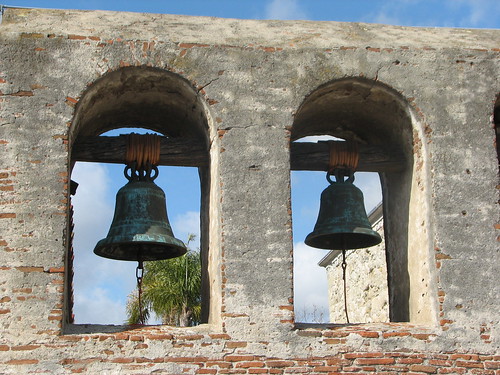Because little has been written regarding the etymology of Filipino nursery rhymes, let us, hypothesize about their origin. Well known to Filipino children, “Pen pen de Sarapen” makes a good case study and many writers comment that the verses do not make much sense. Perhaps so, for the present generation, but isn’t it possible the message it was trying to articulate has been lost in time?
Pen pen de sarapen
De cuchillo de almacen
Haw, haw de carabao batuten.
Ang saya kong pula tatlong pera
Ang saya kong puti tatlong salapi.
Sipit namimilipit
Ginto't pilak namumulaklak
Sa tabi ng dagat.
As a point of comparison, the English Nursery Rhyme “Mary Mary quite contrary, how does your garden grow? With silver bells and cockle shells, and pretty maids all in a row” is said to be an implication to Henry VIII and Catherine of Aragon’s only daughter, Mary Tudor nicknamed Bloody Mary, because in her desire to restore Catholic faith in England, some 275 martyrs who refused to denounce their protestant faith were burned at the stake.
Silver bells and cockle shells were metaphors for instruments of torture. The growing garden referred to is an allusion to graveyards for those who suffered during her reign as Mary I, Queen of England.
“Pen pen” like “Mary, Mary” does not make much sense to the present generation. But unlike its English counterpart, there has been no speculations about its beginnings. Isn’t it possible that the relevance of “Pen pen” has been lost in time?
Could the “cuchillo de almacen” be a referral to the “Almacen De Polvora” at San Juan del Monte? On August 30, 1896, Andres Bonifacio captured San Juan’s powder magazine and water reservoir (which supplied Manila) while simultaneous attacks occurred in different places in Manila. The next line could be some sort of ridicule to the American fascination with the carabao.
After revolting against Spain, the Filipino patriots were not happy to find “friend” America taking the place of their former colonizers. It just might be that “Pen pen de sarapen” is really a call to arms, an ode to continue the struggle that began with the attack on the “Almacen de Polvora” at San Juan del Monte.









